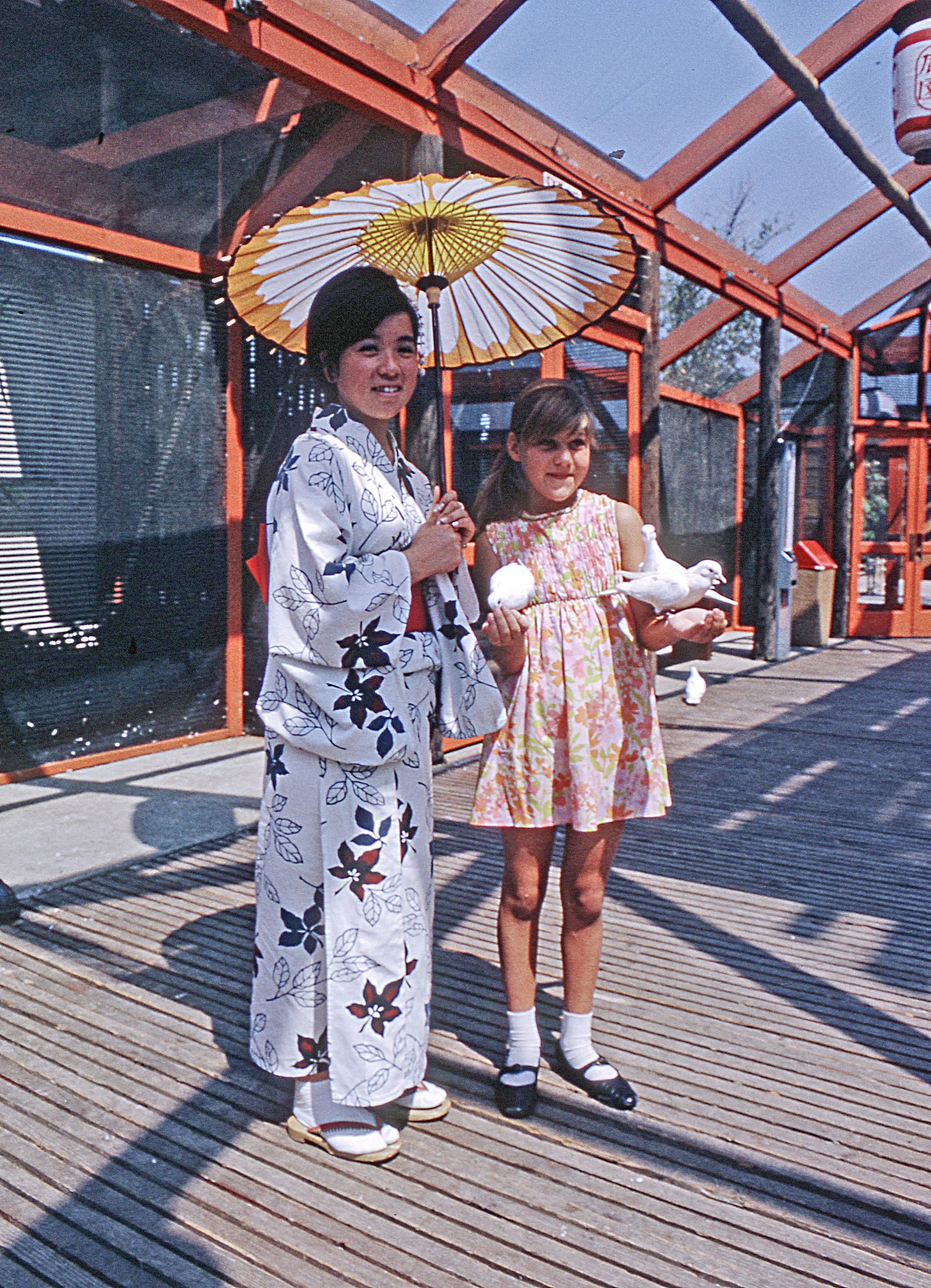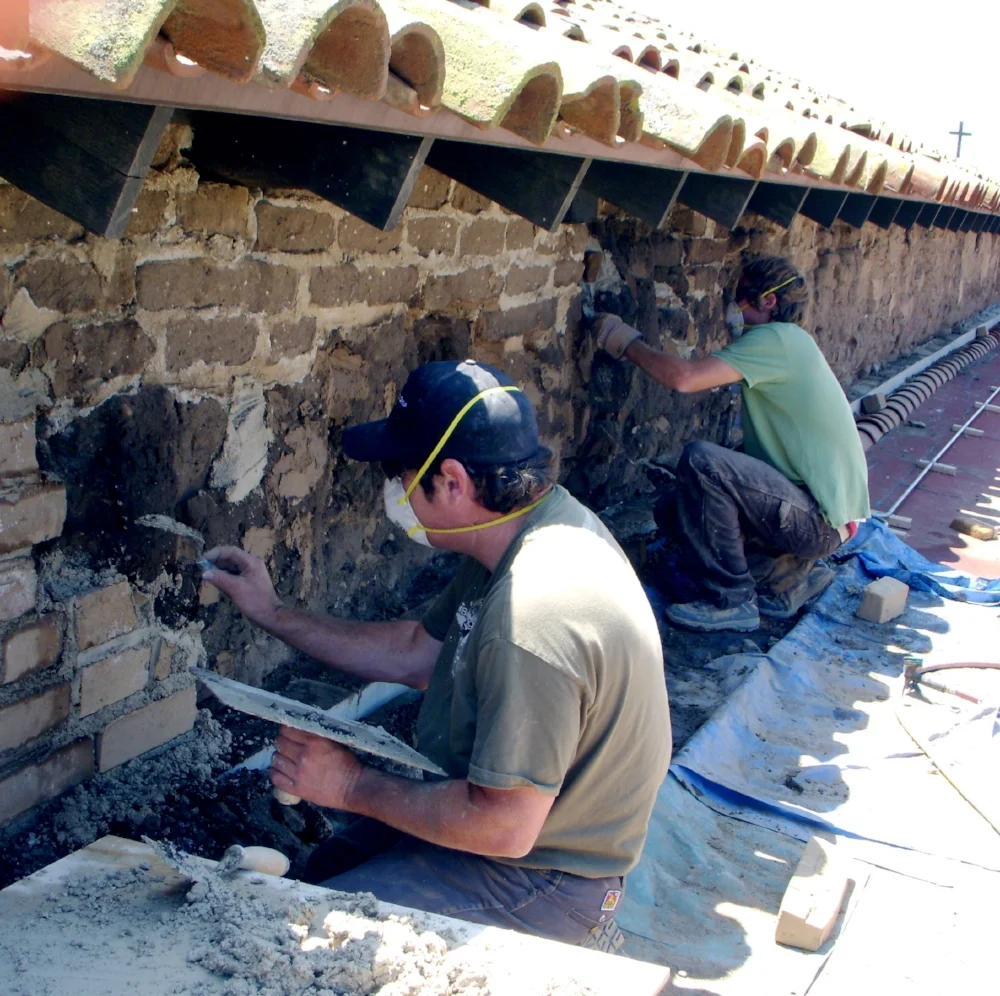Historic buildings that have been adapted for a second life as cultural centers have had a successful track record in Orange County.
Read MoreThe Brownell office stands as a masterpiece of modern organic architecture and the place from which the Newport Beach architect enjoyed an illustrious career.
Read MoreThere are just under 350 homes in three neighborhoods in Orange, Ca, that were built by Eichler Homes Inc, between 1960 and 1964.
Read MoreThe Old Towne Orange Historic District is the largest National Historic District in the state of California and encompasses about 1,400 vintage buildings of various architectural styles within a one mile square. Planned in the late 1800s, the District includes 50 different architectural styles.
Read MoreBuilt in 1900-1901, this stately building was designed by Charles L. Strange. Inside and outside the red Arizona-stone courthouse, far-reaching trials have been held and luminaries—from Presidents Nixon and Clinton to actors Reese Witherspoon and Tom Hanks—have graced the grand dame’s steps and chambers.
Read MoreFullerton’s downtown Chapman Building was influenced by the Chicago School, particularly Louis Sullivan. Through the years, it has housed the offices of doctors, lawyers, and the Ferber’s and Famous department stores.
Read MoreThe Home Savings branch in Santa Ana—currently a Chase Bank—was designed by renowned California artist Millard Sheets in 1966 and was the fourth to be built in Orange County. In all, Sheets designed more than 40 Home Savings buildings.
Read MoreBuilt by A. S. Bradford, “the father of Placentia”, this 6,000-square-foot estate was once surrounded by acres of citrus trees. Now a historical house museum, it’s a reminder of the region’s agricultural roots and is a grand example of longtime care and preservation.
Read MoreThe Hunt Foods Foundation Library in Fullerton is a Modernist public building designed by renowned architect William Pereira in 1962. Closed in 2013, the Hunt was donated to the city as a gift from industrialist/art collector Norton Simon, founder of Hunt Foods.
Read MoreA block from Old Towne Orange is a Queen Anne Victorian house that once served as an annex for the nearby Palmyra Hotel, a grand Victorian that attracted visitors to the growing agricultural region in the late 1800s. While the hotel didn’t survive, the C. Z. Culver House has been well maintained and carefully restored and is an elegant reminder of the building and ranching boom of the era.
Read MoreNear downtown Fullerton is a Spanish Colonial Revival apartment that might be as pristine as the year in which it opened, save for the mature palms and shrubs. The Dewella Apartments provide a stylish look into the way thing were, ca 1929, and continue to be for this particularly well-preserved landmark.
Read MoreThe Balboa Pavilion opened on July 4, 1906, and entertained throngs of beach-going city dwellers who traveled via the Pacific Electric Red Line to its southernmost stop. Designed by architect Fred R. Dorn, the Victorian public building played a major role in the development of Newport Beach and is one of California’s few remaining waterfront recreational pavilions from the early 1900s.
Read MoreOwned by the first female physician in the city of Orange, the Dr. Ida Bell Parker House is a blend of the Eastlake/Stick styles, mixed with Victorian and Italianate. Dr. Parker was one of the first graduates (female or otherwise) of the USC Medical School in 1895.
Read MoreFullerton's Elephant Packing House is a reminder of Orange County's early agricultural roots, when citrus-packing plants were built near train tracks and depots to deliver locally grown fruit to the rest of the country.
Read MoreBuilt in 1876, St. Michael’s Episcopal Church on South Street in Anaheim is a rare-for-California still-standing Carpenter Gothic structure that was built by C. P. McKinney. The architectural style is noted for its pointed, cathedral-style arch windows, doors, dormers, use of wood, and pitched roofs.
Read MoreThe Pomona Court and Apartments were built in 1922-1923, during a period when most Fullerton residents preferred single-family homes. The Craftsman-style courtyard unit and adjacent Spanish Colonial Revival represent two popular early 20th-century California architectural styles.
Read MoreThe two-story Craftsman home built in 1915 for State Sen. Nelson T. “Nels” and May Edwards was where President Herbert Hoover once dined during a re-election tour in 1931. The home’s interior features classic Craftsman wood built-ins and details.
Read MoreFounded in 1776, Mission San Juan Capistrano is the seventh of California’s 21 famous missions. It received its nickname, the “Jewel” of the Missions, for its Great Stone Church, a then-modern marvel that took nine years to build and was completed in 1806. Six years later, a devastating earthquake left the church in ruins, which remained as a symbol of the community’s loss.
Read More




















